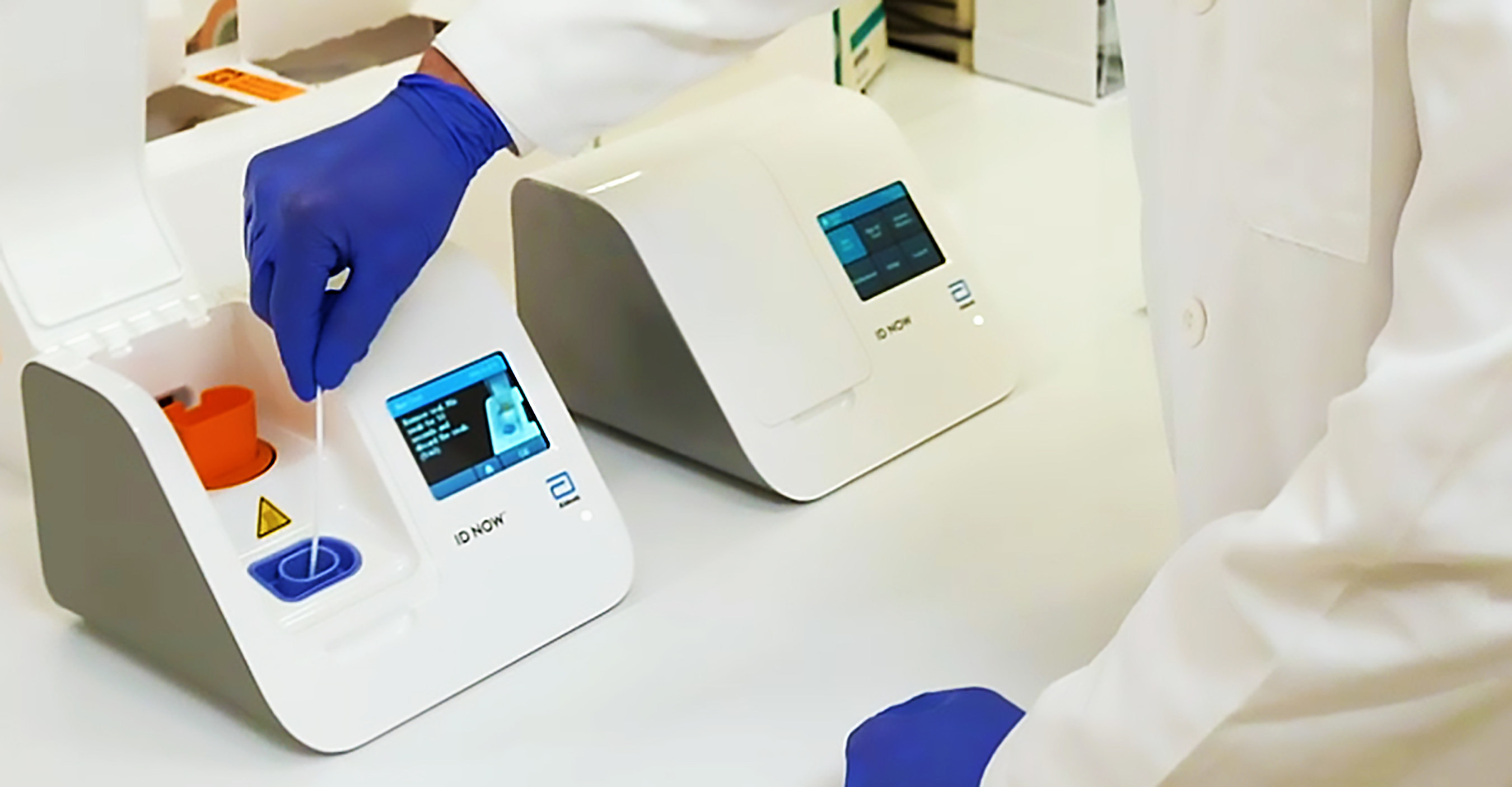Rapid Detection of Aspergillus fumigatus in Poultry Houses
The rapid detection of Aspergillus fumigatus, a mold species notorious for causing aspergillosis, is critical in the poultry industry. This opportunistic pathogen can proliferate in damp and poorly ventilated environments, such as poultry houses, leading to respiratory distress, reduced feed intake, and significant economic losses due to mortality.
Our laboratory offers an advanced testing service that ensures swift identification of Aspergillus fumigatus through a combination of culture-based methods and modern molecular diagnostics. This dual approach allows for early detection and intervention, minimizing the risk of infection among poultry populations. The service is particularly beneficial for quality managers and compliance officers looking to maintain stringent hygiene standards.
The process begins with the collection of air samples from various points within the poultry house. These samples are then inoculated onto specialized media that promote the growth of Aspergillus fumigatus. Once colonies develop, they undergo morphological examination and biochemical tests to confirm species identification.
In parallel, molecular diagnostics using quantitative real-time PCR (qPCR) technology provide a more rapid and precise confirmation. This method targets specific genetic markers unique to Aspergillus fumigatus, delivering results in a matter of hours rather than days. The combination of these techniques ensures the highest accuracy and reliability, making our service indispensable for poultry farmers and veterinarians.
The importance of this testing cannot be overstated. Early intervention can prevent widespread infections, leading to healthier birds and reduced mortality rates. Compliance officers benefit from this service as it helps them adhere to stringent hygiene regulations set forth by international standards such as ISO 28361-5:2019.
The rapid detection of Aspergillus fumigatus is not just about identifying the pathogen; it's about preventing its spread and mitigating its impact. For R&D engineers, this service provides valuable data on environmental conditions conducive to mold growth, which can inform product development aimed at improving ventilation systems or antimicrobial treatments.
In summary, our rapid detection service for Aspergillus fumigatus in poultry houses is a crucial tool for maintaining high standards of hygiene and health. It ensures early identification and intervention, leading to healthier birds and more efficient operations.
Applied Standards
| Standard Reference | Description |
|---|---|
| ISO 14644-1:2015 | Classifies air cleanliness in cleanrooms and other controlled environments. |
| ASTM E2783-19 | Describes the performance of microbial air sampling systems for use in cleanroom environments. |
The service adheres to international standards that ensure the highest level of accuracy and reliability. Specifically, we follow ISO 14644-1:2015 for classifying air cleanliness levels within poultry houses, which helps in identifying areas prone to mold growth. Additionally, ASTM E2783-19 is applied to validate the performance of our microbial air sampling systems.
These standards are crucial as they provide a framework for ensuring that the testing methods used are both robust and reproducible. Compliance with these standards not only enhances the credibility of the results but also ensures consistency across different facilities.
Scope and Methodology
| Methodological Step | Description |
|---|---|
| Sample Collection | Air samples are collected using standardized sampling devices, ensuring representative data. |
| Inoculation and Culture | Samples are inoculated onto specialized media to promote the growth of Aspergillus fumigatus. |
| Morphological Examination | Colony characteristics are observed under a microscope for preliminary identification. |
| Biochemical Tests | Further confirmatory tests using biochemical reactions to identify the species. |
| PCR Testing | Quantitative real-time PCR is used to target specific genetic markers of Aspergillus fumigatus. |
The scope and methodology of our testing service are comprehensive, ensuring a thorough approach to identifying Aspergillus fumigatus. The process starts with the collection of air samples from various points within the poultry house. These samples are then inoculated onto specialized media that promote the growth of the mold.
The morphological examination and biochemical tests provide further confirmation, ensuring accurate identification. In parallel, molecular diagnostics using quantitative real-time PCR technology offer a rapid and precise method to confirm the presence of Aspergillus fumigatus. This dual approach ensures both robustness and speed in identifying the pathogen.
The methodology is designed to be reproducible and adheres to international standards. The use of standardized sampling devices, specialized media, and validated PCR assays guarantees consistent results across different facilities and testing scenarios.
Customer Impact and Satisfaction
Our rapid detection service has a profound impact on the poultry industry by providing early warnings of potential mold outbreaks. This allows for timely interventions that prevent the spread of Aspergillus fumigatus, leading to healthier birds and reduced mortality rates.
Customers, including quality managers, compliance officers, R&D engineers, and veterinarians, have expressed high satisfaction with our service. The ability to quickly identify the pathogen ensures that proactive measures can be taken immediately, minimizing downtime and costs associated with outbreaks.
The use of international standards such as ISO 28361-5:2019 further enhances the reliability and credibility of our results. Compliance officers find this service particularly useful for maintaining stringent hygiene regulations, while R&D engineers gain valuable insights into environmental conditions that promote mold growth.
Customer testimonials highlight the importance of early detection in preventing widespread infections. The rapid turnaround time of our testing ensures that interventions can be implemented before significant damage is done to the flock.





